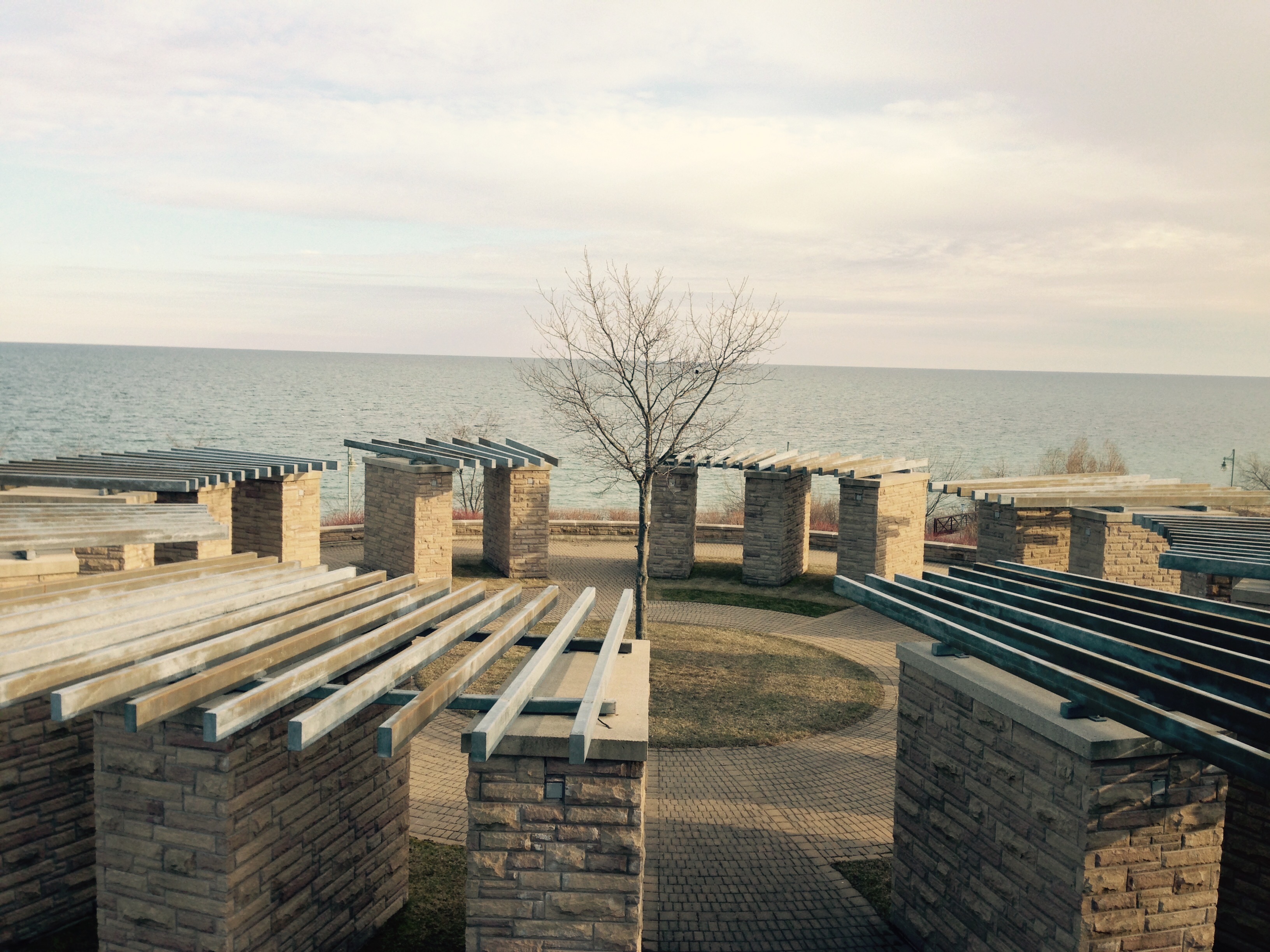|
Congress Of Black Women Of Canada
The Congress of Black Women of Canada (CBWC) / , which began in 1973, is a national non-profit organization that "is dedicated to improving the lives of all Black women and their families in their local and national communities." It arose to organize Canadian Black women and focus on their specific issues and concerns, separate from the general women's movement and Black nationalist organizations, which did not always represent the interests of Black women around issues of race, gender, and class oppression. The organizing and advocacy work of the CBWC has focused on "such issues as health, housing, racism, education, immigration, criminal law, police-community relations and child development." History The Congress of Black Women of Canada (CBWC) was formed in 1973 in Toronto with Kathleen "Kay" Livingstone as Chair. It developed out of the Canadian Negro Women’s Association (CANEWA), which began in 1951, with Kay Livingstone as its first president. Its first meeting was held ... [...More Info...] [...Related Items...] OR: [Wikipedia] [Google] [Baidu] |
Kay Livingstone
Kathleen "Kay" Livingstone (October 13, 1919 – 1975) was a social activist, actor and broadcaster. In 1973, her efforts led to the first National Congress of Black Women of Canada. The daughter of James and Christina Jenkins, she was born Kathleen Jenkins in London, Ontario. Her father was an assistant judge in the local juvenile court and her parents founded a newspaper ''Dawn of Tomorrow'' aimed at the black community. She studied music at The Royal Conservatory of Music in Toronto, Ontario and elocution at the Ottawa College of Music. During World War II, she worked for the Dominion Bureau of Statistics in Ottawa, Ontario. In 1942, she married George Livingstone; the couple had five children. While in Ottawa, she became the host of her own radio program, ''The Kathleen Livingstone Show''. When the couple moved to Toronto, she hosted radio shows for several stations, including a CBC affiliate. In 1951, she founded a Toronto social club then known as The Dilettantes; it was ... [...More Info...] [...Related Items...] OR: [Wikipedia] [Google] [Baidu] |
Ajax, Ontario
Ajax (; 2021 Canadian census, 2021 population: 126,666) is a town in Regional Municipality of Durham, Durham Region in Southern Ontario, Canada, located in the eastern part of the Greater Toronto Area. The town is named for , a Royal Navy cruiser that served in the Second World War. It is approximately east of Toronto on the shores of Lake Ontario and is bordered by the City of Pickering, Ontario, Pickering to the west and north, and the Town of Whitby, Ontario, Whitby to the east. History The indigenous peoples in Canada, indigenous peoples were active in the watersheds of the Duffins Creek and the Carruthers Creek (Canada), Carruthers Creek since the Archaic period (North America), Archaic period (7000-1000 BCE), although they did not build any major settlements in the area, presumably because of the poor navigability of these streams. In 1760, French Canadians, French Sulpician missionaries from Ganatsekwyagon reached Duffins Creek area, but did not settle there. After the ... [...More Info...] [...Related Items...] OR: [Wikipedia] [Google] [Baidu] |
African-Canadian Feminism
Black Canadians (also known as Caribbean-Canadians or Afro-Canadians) are people of full or partial sub-Saharan African descent who are citizens or permanent residents of Canada. The majority of Black Canadians are of Caribbean origin, though the Black Canadian population also consists of African-American immigrants and their descendants (including Black Nova Scotians) and many native African immigrants. Black Canadians have contributed to many areas of Canadian culture. Many of the first visible minorities to hold high public offices have been Black, including Michaëlle Jean, Donald Oliver, Stanley G. Grizzle, Rosemary Brown, and Lincoln Alexander. Black Canadians form the third-largest visible minority group in Canada, after South Asian and Chinese Canadians. Population According to the 2006 Census by Statistics Canada, 783,795 Canadians identified as Black, constituting 2.5% of the entire Canadian population. Of the black population, 11 per cent identified as mixed-ra ... [...More Info...] [...Related Items...] OR: [Wikipedia] [Google] [Baidu] |
African-Canadian Women's Organizations
Black Canadians (also known as Caribbean-Canadians or Afro-Canadians) are people of full or partial sub-Saharan African descent who are citizens or permanent residents of Canada. The majority of Black Canadians are of Caribbean origin, though the Black Canadian population also consists of African-American immigrants and their descendants (including Black Nova Scotians) and many native African immigrants. Black Canadians have contributed to many areas of Canadian culture. Many of the first visible minorities to hold high public offices have been Black, including Michaëlle Jean, Donald Oliver, Stanley G. Grizzle, Rosemary Brown, and Lincoln Alexander. Black Canadians form the third-largest visible minority group in Canada, after South Asian and Chinese Canadians. Population According to the 2006 Census by Statistics Canada, 783,795 Canadians identified as Black, constituting 2.5% of the entire Canadian population. Of the black population, 11 per cent identified as mixed-ra ... [...More Info...] [...Related Items...] OR: [Wikipedia] [Google] [Baidu] |



